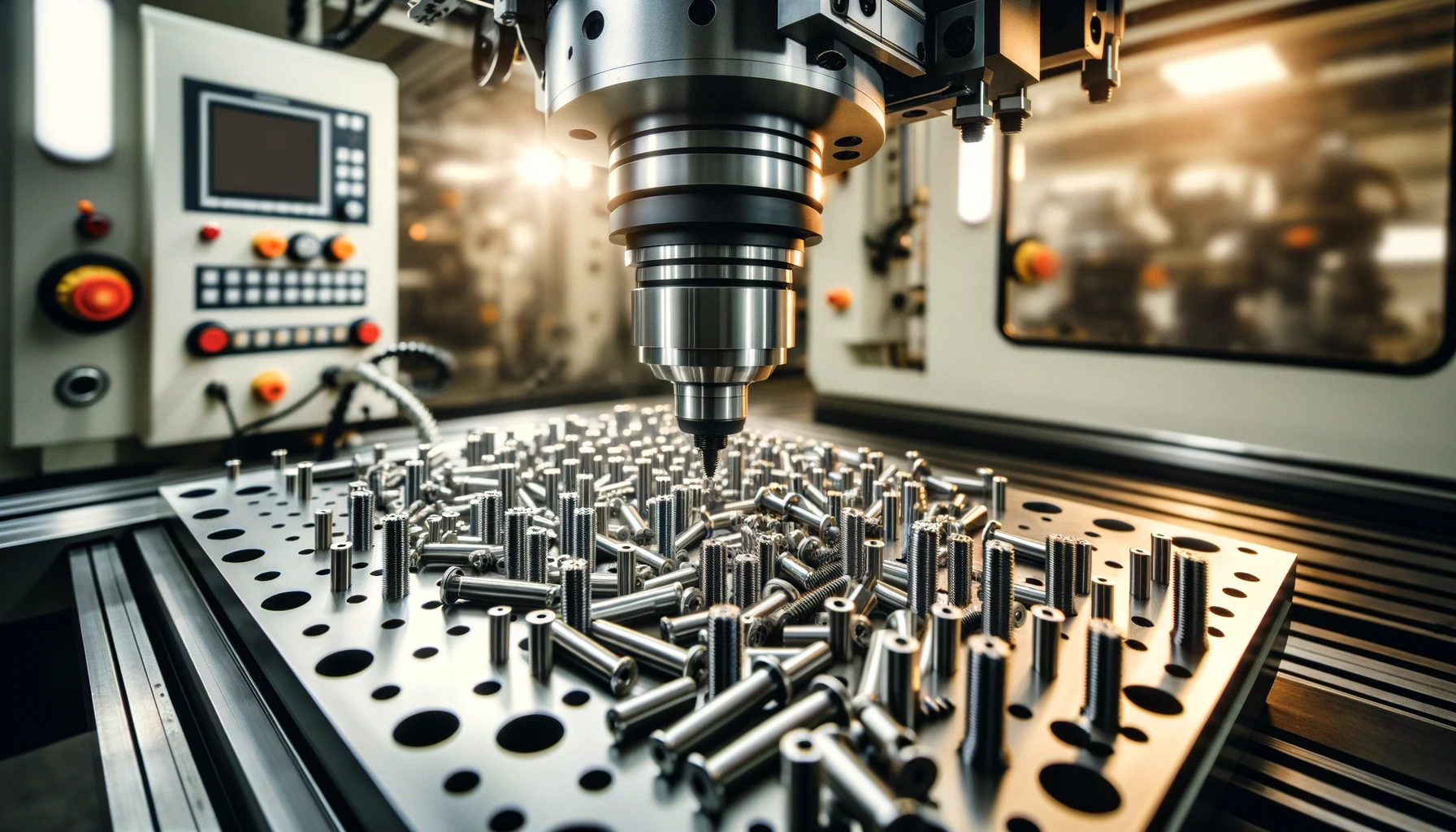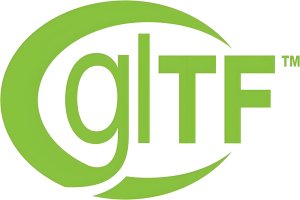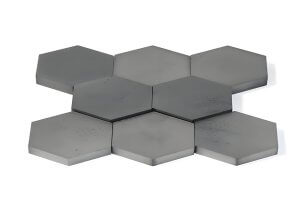Precision Parts Cutting Machining
Precision parts cutting machining primarily includes precision turning, mirror grinding, and lapping. Using finely ground single-crystal diamond tools on precision lathes, ultra-fine turning is performed with a cutting thickness of about 1 micron. This process is commonly used to machine high-precision, highly polished parts, such as spherical, aspherical, and planar mirrors made of non-ferrous metals. For example, an aspherical mirror with a diameter of 800 mm used in nuclear fusion devices can achieve a precision of 0.1 microns and a surface roughness of Rz 0.05 microns.
Special Processes for Precision Parts Machining
When the precision of parts machining targets nanometers or even atomic units (with atomic lattice spacing being 0.1 to 0.2 nanometers), conventional cutting methods become inadequate. Instead, special machining methods are employed. These methods utilize chemical, electrochemical, thermal, or electrical energy to surpass the bonding energy between atoms, thereby removing or altering atomic structures on the workpiece surface to achieve the desired precision. These special processes include:
- Mechanical and Chemical Polishing
- Ion Sputtering and Ion Implantation
- Electron Beam Exposure
- Laser Beam Machining
- Metal Evaporation and Molecular Beam Epitaxy
The key characteristic of these methods is the extremely fine control over the addition or removal of surface material. Achieving high precision still depends on advanced machining equipment and appropriate control systems, often using precise masks as intermediaries. For instance, in the fabrication of very-large-scale integrated (VLSI) circuits, an electron beam is used to expose a photoresist on a mask. The photoresist atoms polymerize (or decompose) under the impact of the electron beam, and a developer then dissolves the exposed or unexposed areas to create the mask. Electron beam exposure for mask fabrication requires precision machining equipment with a table positioning accuracy of ±0.01 microns.
Other Articles You Might Enjoy
- What are the six common types of milling cutters used in precision parts machining?
There are many types of milling cutters used in precision parts machining, but only a few are commonly used. Face Mill: The face mill has cutting edges on both its…
- CNC Machining Aluminum vs. Brass: A Detailed Comparison for Precision Parts Manufacturing
Introduction to CNC Machining and Material Choices CNC (Computer Numerical Control) machining is a critical process in precision parts manufacturing. Its importance lies in its ability to create intricate and…
- The Art of CNC Precision Machining: Crafting High-Quality Parts
In the modern era, the success of CNC industries hinges on the production of parts that possess tight tolerances, impeccable surface finishes, and unwavering reliability. These meticulously crafted components contribute…
- Elevating Precision Standards through Chamfer in CNC Machining
1. Introduction: The Pursuit of Unparalleled Precision In the realm of CNC machining, precision is paramount. This section introduces the article by exploring the significance of precision in manufacturing and…
- Precision Prowess: Unveiling the Advantages of China CNC Machining
1. Introduction: The Role of Precision in Manufacturing Excellence In this introductory section, we delve into the critical role that precision plays in manufacturing and set the stage for an…
- What are the advantages of using precision CNC machining to produce bronze parts for food automation machinery?
Introduction to Precision CNC Machining for Bronze Parts Precision CNC machining is a critical manufacturing process used to produce highly accurate and intricate bronze parts. This process involves the use…
- What are the six common types of milling cutters used in precision parts machining?
There are many types of milling cutters used in precision parts machining, but only a few are commonly used. Face Mill: The face mill has cutting edges on both its…
- CNC Machining Aluminum vs. Brass: A Detailed Comparison for Precision Parts Manufacturing
Introduction to CNC Machining and Material Choices CNC (Computer Numerical Control) machining is a critical process in precision parts manufacturing. Its importance lies in its ability to create intricate and…
- The Art of CNC Precision Machining: Crafting High-Quality Parts
In the modern era, the success of CNC industries hinges on the production of parts that possess tight tolerances, impeccable surface finishes, and unwavering reliability. These meticulously crafted components contribute…
- Elevating Precision Standards through Chamfer in CNC Machining
1. Introduction: The Pursuit of Unparalleled Precision In the realm of CNC machining, precision is paramount. This section introduces the article by exploring the significance of precision in manufacturing and…
- Precision Prowess: Unveiling the Advantages of China CNC Machining
1. Introduction: The Role of Precision in Manufacturing Excellence In this introductory section, we delve into the critical role that precision plays in manufacturing and set the stage for an…
- What are the advantages of using precision CNC machining to produce bronze parts for food automation machinery?
Introduction to Precision CNC Machining for Bronze Parts Precision CNC machining is a critical manufacturing process used to produce highly accurate and intricate bronze parts. This process involves the use…
- What are the common challenges in the process of precision CNC machining bronze parts?
What Materials Considerations Are Crucial for CNC Machining Bronze? Bronze alloys vary widely in their composition and properties, impacting their machinability and the quality of the final product. Key considerations…
- Precision CNC Machining: Aluminum vs. Brass for Your Custom Parts
Introduction to Precision CNC Machining and Custom Parts Precision CNC (Computer Numeric Control) machining is a cutting-edge manufacturing process that utilizes computer-controlled machinery to produce intricately designed custom parts, adhering…
- Revolutionizing CNC Machining for Complex Aerospace Assemblies
Introduction to CNC Machining in Aerospace Assemblies Computer Numerical Control (CNC) machining represents a significant technological development playing a notable role in the creation of complex aerospace assemblies. CNC machining…
- Precision Aluminum Machining for Aerospace: Custom CNC Services
Precision Aluminum Machining for Aerospace: Custom CNC Services In the world of manufacturing, precision aluminum machining plays a pivotal role, particularly in aerospace industries where superior precision is required. As…
- The Role of Prototype Machining in Accelerating Product Development
Introduction: The Importance and Definition of Prototype Machining Prototype machining is a critical element advancing product development. It involves the technique of manufacturing an early model or sample, known as…
- Beyond Cutting: Exploring the Multifaceted CNC Machining Process
1. Introduction: Unveiling the Layers of CNC Machining In this introductory section, we peel back the layers of the CNC machining process, going beyond the traditional understanding of cutting. It…
- What Criteria Are Crucial When Selecting a Supplier for Precision CNC Machining of Bronze Parts?
Introduction to Precision CNC Machining of Bronze Parts Precision CNC machining stands as a pivotal technology in the manufacturing of complex and high-quality bronze parts. Bronze, known for its durability…
- Maximizing Precision in CNC Machining: Techniques and Tips
Importance of Precision in CNC Machining Precision is an fundamental component in the field of Computer Numerical Control (CNC) machining. It entails producing parts that are not only accurate but…
- 3 Axis Vs 5 Axis CNC Machining: Custom Precision Parts Cost
In modern custom CNC machining services, the need for high precision customized machining parts is rising. No doubt, COVID-19 has also put an impact on the cost of parts ranging from…
- Smart Choice for CNC Machining Parts: Comprehensive Analysis of Horizontal Machining Centers
When it comes to CNC machining parts, the type of machining center you choose can significantly impact the efficiency and quality of your work. Horizontal CNC machining centers (HMCs) are…
- Nickel Alloys in CNC Machining: Inconel 718 vs. Monel K-500 for Aerospace and Marine Applications?
Introduction to CNC Machining and Nickel Alloys Computer Numeric Control (CNC) machining is a pivotal process in the manufacturing industry, using pre-programmed computer software to dictate the movement of factory…
- The Future of CNC Machining in Sustainable Manufacturing
The Future of CNC Machining in Sustainable Manufacturing CNC (Computer Numerically Controlled) machining and sustainable manufacturing are two significant areas with increasing potential in the industrial sector. CNC machining is…
- Evolution of Mills and Machining Centers: The Future of CNC Machining Parts
Stepping into the world of CNC machining, you quickly realize how pivotal mills and machining centers are in crafting precise parts. Over time, these machines have evolved significantly, transforming from…
- Precision Crafting with ABS: Unveiling the World of ABS CNC Machining
1. Introduction: Exploring the Precision Realm of ABS CNC Machining In this opening section, we embark on a journey into the intricate world of ABS CNC machining, introducing readers to…
- Zinc Alloys in CNC Machining: Benefits and Limitations
Introduction - CNC Machining and Zinc Alloys Computer Numerical Control (CNC) machining is a highly precise manufacturing process widely utilized in various industries to create complex parts. It makes use…
- The Evolution of CNC Machining: From Aluminum to Composite Materials
Introduction to CNC Machining CNC (Computer Numerical Control) machining is a manufacturing process that utilizes computerized controls to initiate and manipulate machine tools, such as lathes, mills and grinders. With…
- What are the requirements for CNC machining of bearing parts?
Bearings are common and important parts in the automotive industry, which can support transmission components and transmit torque. Generally, CNC machining centers are used to process bearing parts. So what…
- Precision CNC Machining for Advanced Medical Imaging Devices
Precision CNC Machining and its Relevance to Advanced Medical Imaging Devices Precision Computer Numerical Control (CNC) machining is a highly accurate manufacturing methodology that entails the use of computers to…
- Maximizing Precision in CNC Machining: Techniques and TipsPrecisionMaximizing Precision in CNC Machining: Techniques and Tips
Introduction to CNC Machining and Its Role in Precision Manufacturing CNC (Computer Numerical Control) machining is a pivotal technology in the field of precision manufacturing. This automated process controls machine…






